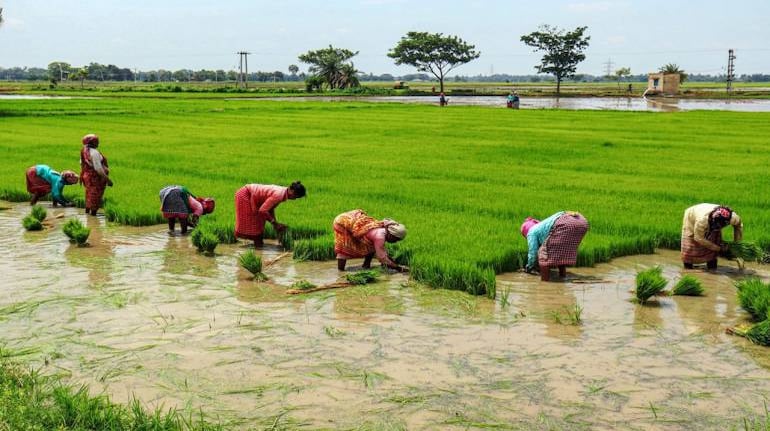Dhurjati Mukherjee
The process of governance over the years, via discussions and debates, has undergone a change in India. As is evident, there is a new trend of launching policies and programmes in a hurry without ensuring their effectiveness. The need for infrastructure development has been high. The struggle of Indian villages has fundamentally not changed. The most affected are the densely-populated northern as well as eastern states. Backwardness is manifest in many of these districts.
For example take the Sansad Adarsh Gram Yojana (SAGY), launched six years ago aimed at developing model villages. Reports indicate the programme has been found to be ineffective in ushering in development in chosen gram panchayats with a central performance audit urging the Union Rural Development Ministry to review the scheme. The Common Review Mission (CRM) 2019 of the Ministry pointed out: “The CRM teams that visited the states neither did, nor found any significant impact of this scheme, in many of the SAGY villages.”
It was found that MPs did not give any significant amount of money from the MPLADS. In isolated cases, where MPs have been proactive, some infrastructure development has taken place. Though SAGY scheme has no budgetary allotment, each MP is expected to select a village in his constituency for development. The goal being to develop three model villages by each MP by March 2019 and five more by 2024, so far very few MPs were seen to be adopting villages under SAGY.
The CRM has also expressed concern over the quality of roads constructed under schemes of state governments and maintenance of rural roads under Centre’s Pradhan Mantri Gramin Sadak Yojana after the end of five-year warranty period. It is significant that the audit urged the Centre to frame a ‘National Rural Roads Policy’ to ensure uniform norms of construction and maintenance, irrespective of whether the road belongs to a state scheme or the PMGSY. The administrative machinery is generally indifferent.
Another example which the Central audit found even more intriguing is the work generated under MGNREGS. It remains half of the entitled 100 days per household annually despite a higher demand in states, urging the Centre to order a study in the mismatch. As per the CRM 2019, work given under MGNREGS is much less than the demand. In 2019, the average work per household was 48 days. It was a bit higher at 50 in 2018 but lower at 45 in 2017. Though from recent reports it is quite discernible that in the current fiscal this will not happen, there is need for giving additional resources of around 15 to 20 per cent as most migrants don’t want to venture out of their states and are facing acute financial crisis.
The examples are proof enough that the government’s crucial programmes aren’t being properly monitored and are not reaching the intended beneficiaries. The other is the lack of direction and judicious planning. The ineffectiveness of the private sector, which plays a less pivotal role, is equally manifest.
Recently, the Adani Green Energy, the renewable energy arm of Adani Group, bagged the world’s largest solar energy contract to build an 8000 MW capacity photovoltaic power plant and also set up 2000 MW capacity domestic solar panel manufacturing facility. But questions do arise as the group is reported to be facing massive debt burden.
Thus, it’s time to thoroughly examine awarding of vital projects to ‘favoured’ private sector partners, who may not be so successful. Earlier, two debt-ridden Indian private enterprises were awarded the task of large-scale manufacturing of semiconductors. This is despite the fact that the semiconductor industry was estimated to grow from $10.02 billion in 2013 to $52.58 billion in 2020 at a compound annual growth rate of 26.72 per cent. This inability led to imports rising and the country continuing to lose billions of dollars in this sector.
Further, at this time when the government is reeling under severe economic stress, it has taken loans from the Asian Development Bank worth $1.5 billion to fight Covid-19 and $1 billion from the World Bank to help protect livelihoods.
The country is struggling to provide hospital facilities, oxygen equipment and ventilators, among others and a sum of Rs 20,000 crore set apart for controversial the Central Vista project could, used differently, help buy 14 lakh ventilators, needed to save lives. There is a massive shortfall even in the number of basic hospital beds and other essential equipment as the pandemic gathers speed in some states. Besides in the backdrop of migrants’ struggling for sheer survival, job creation is vital for the economy.
–INFA
